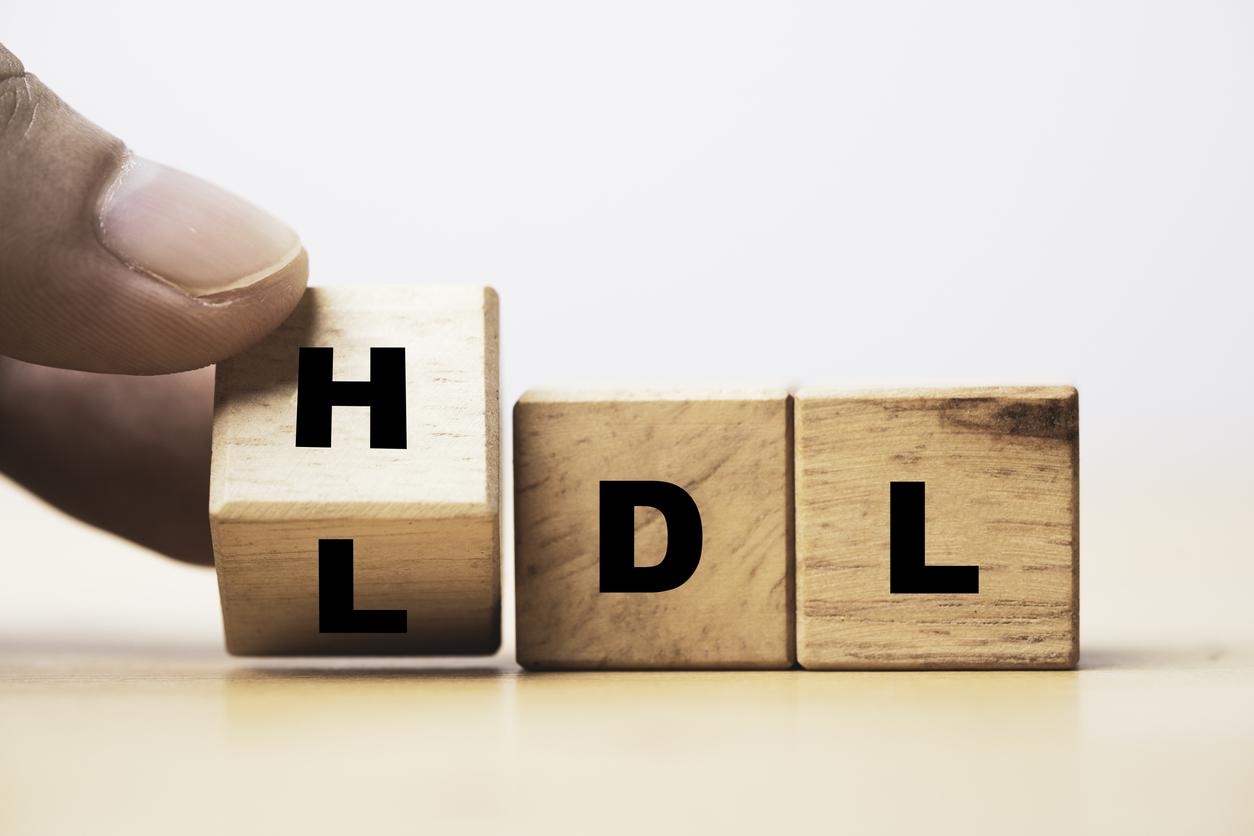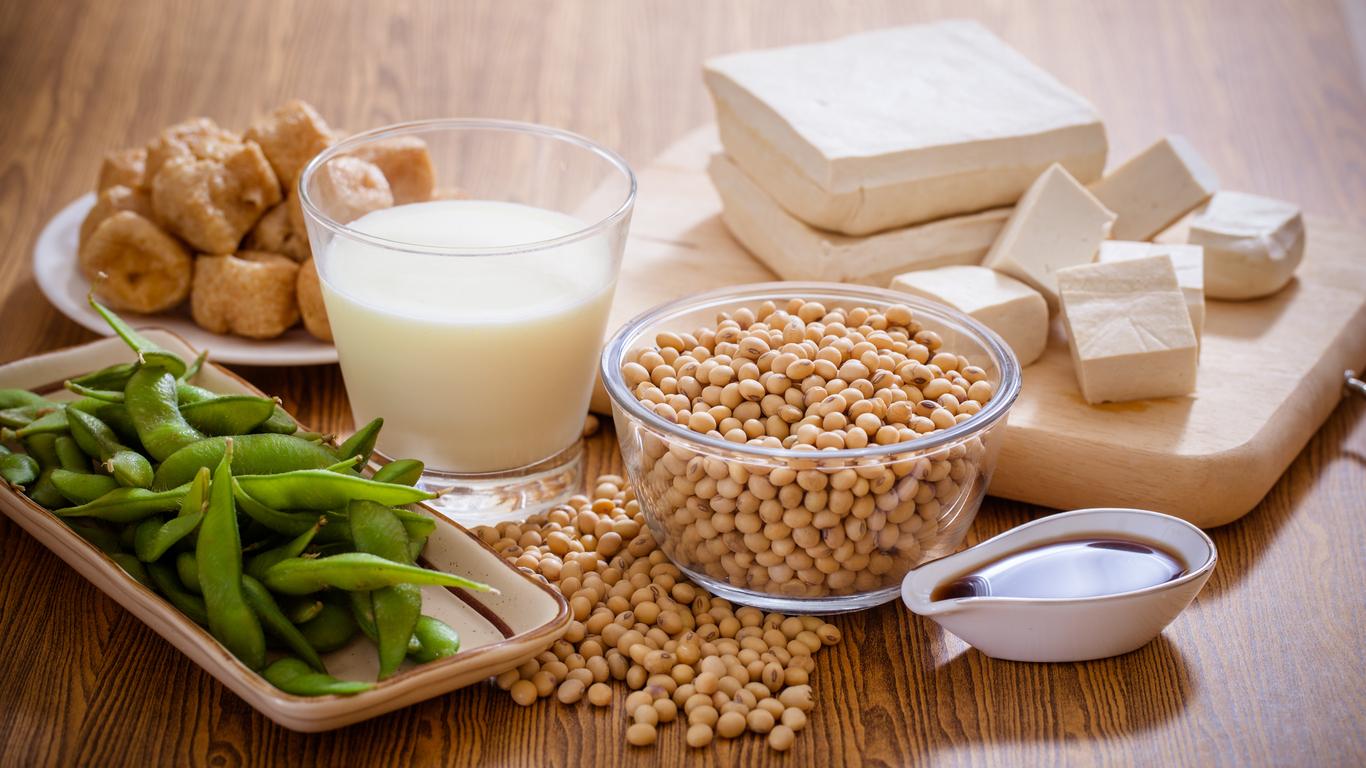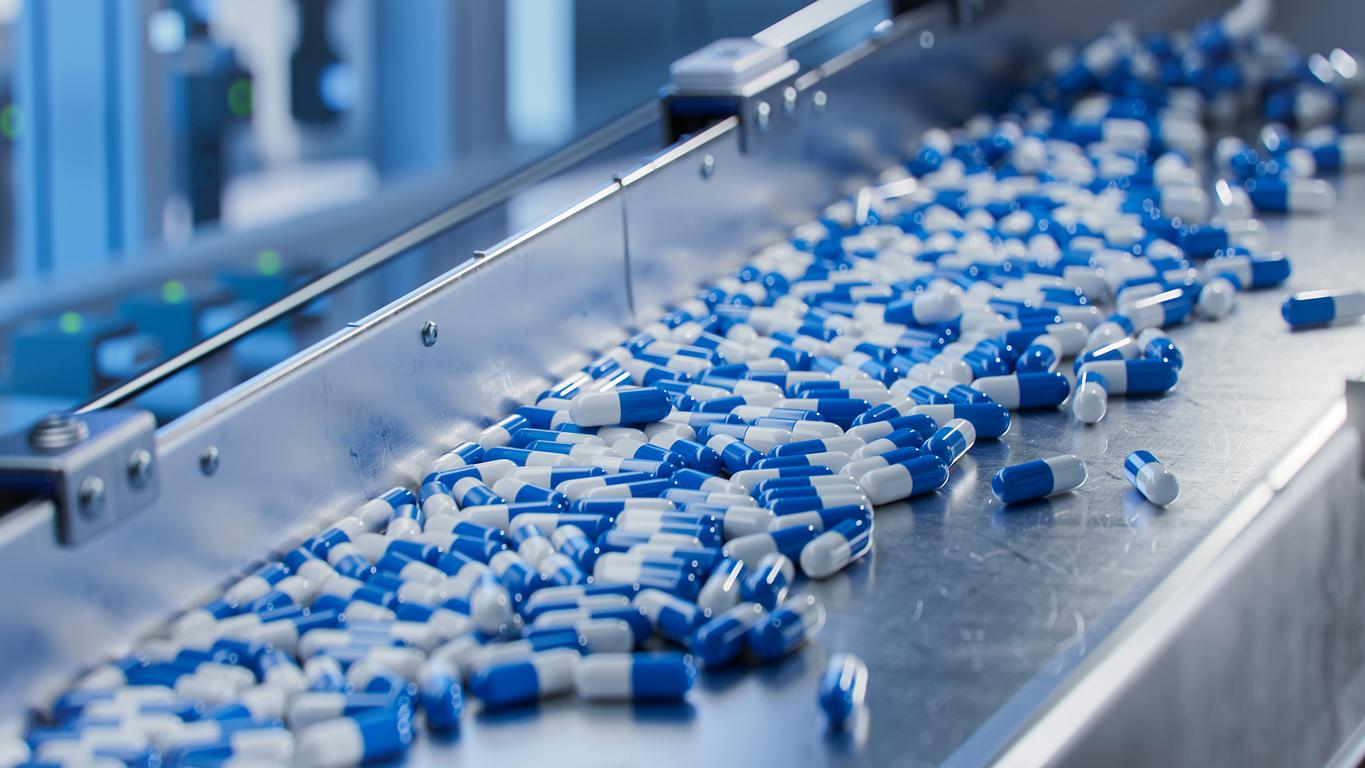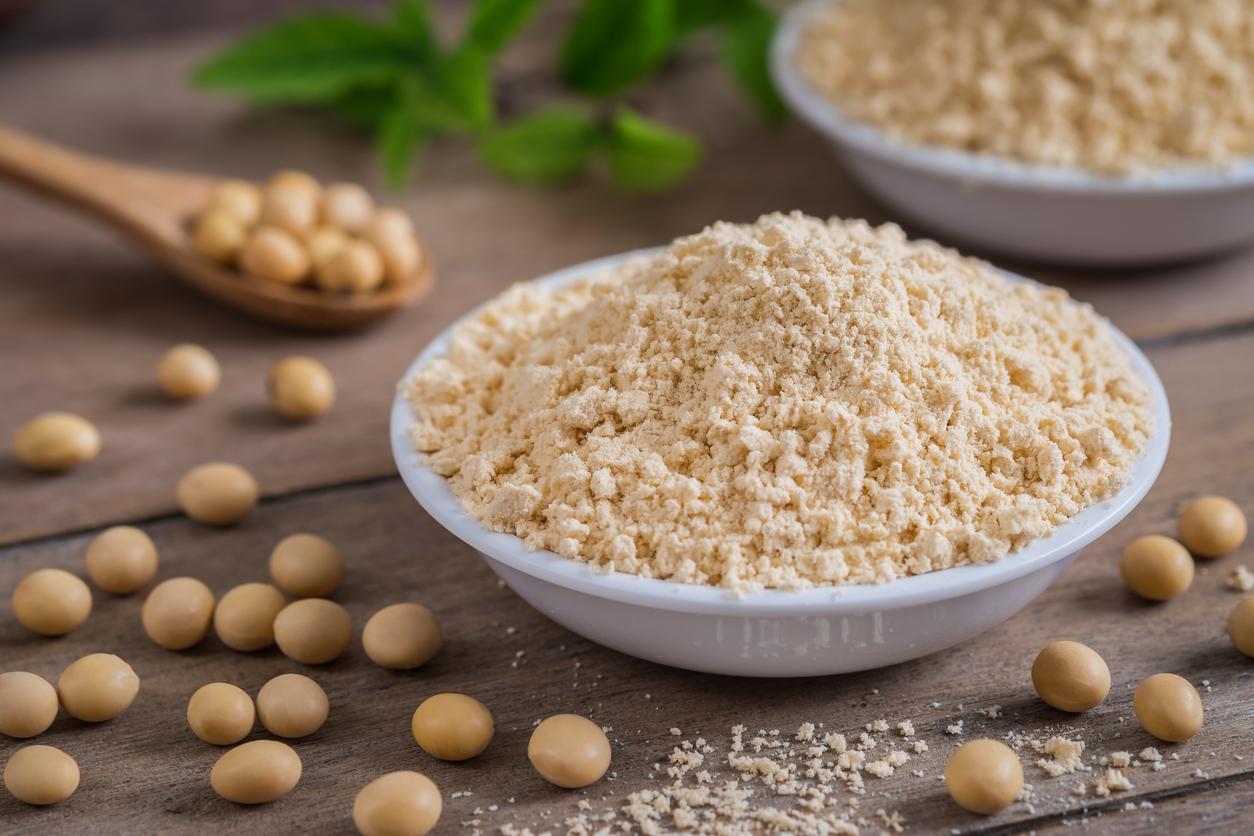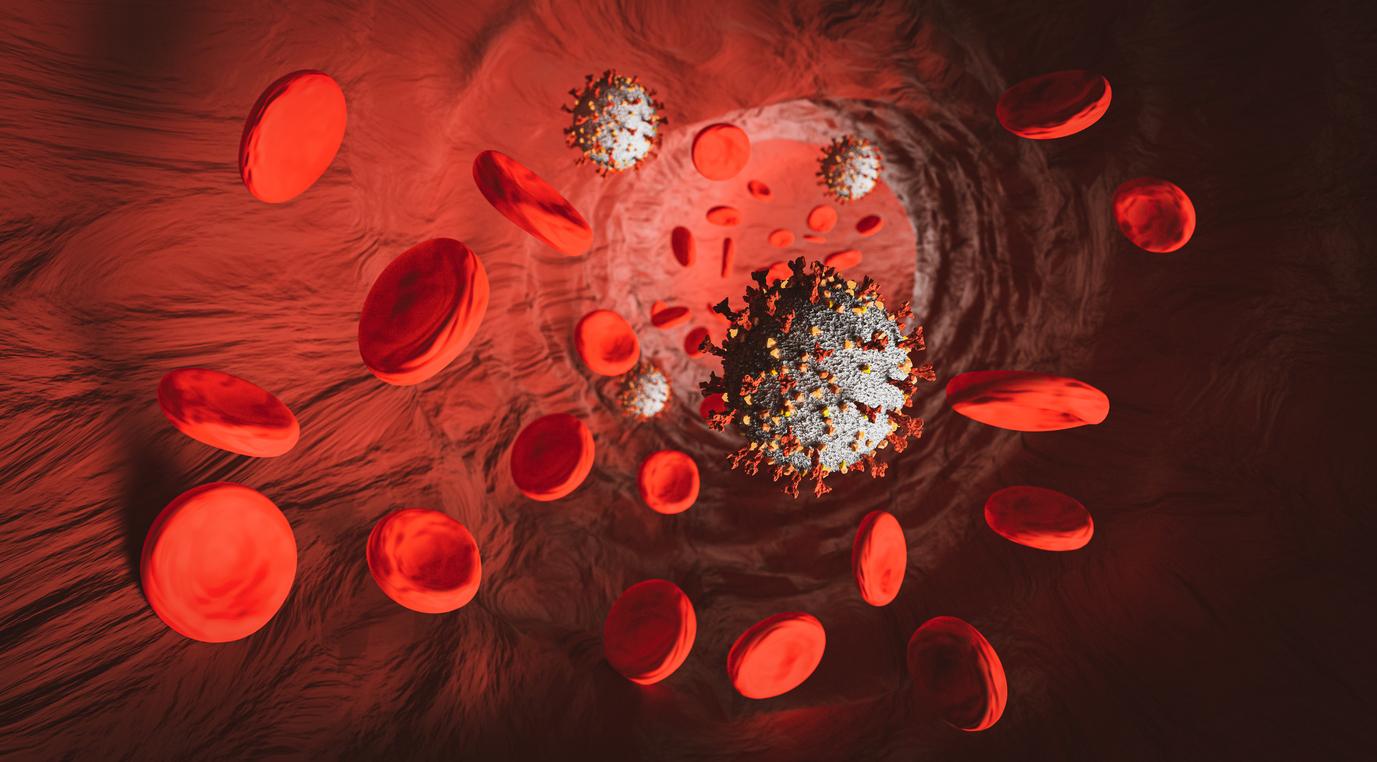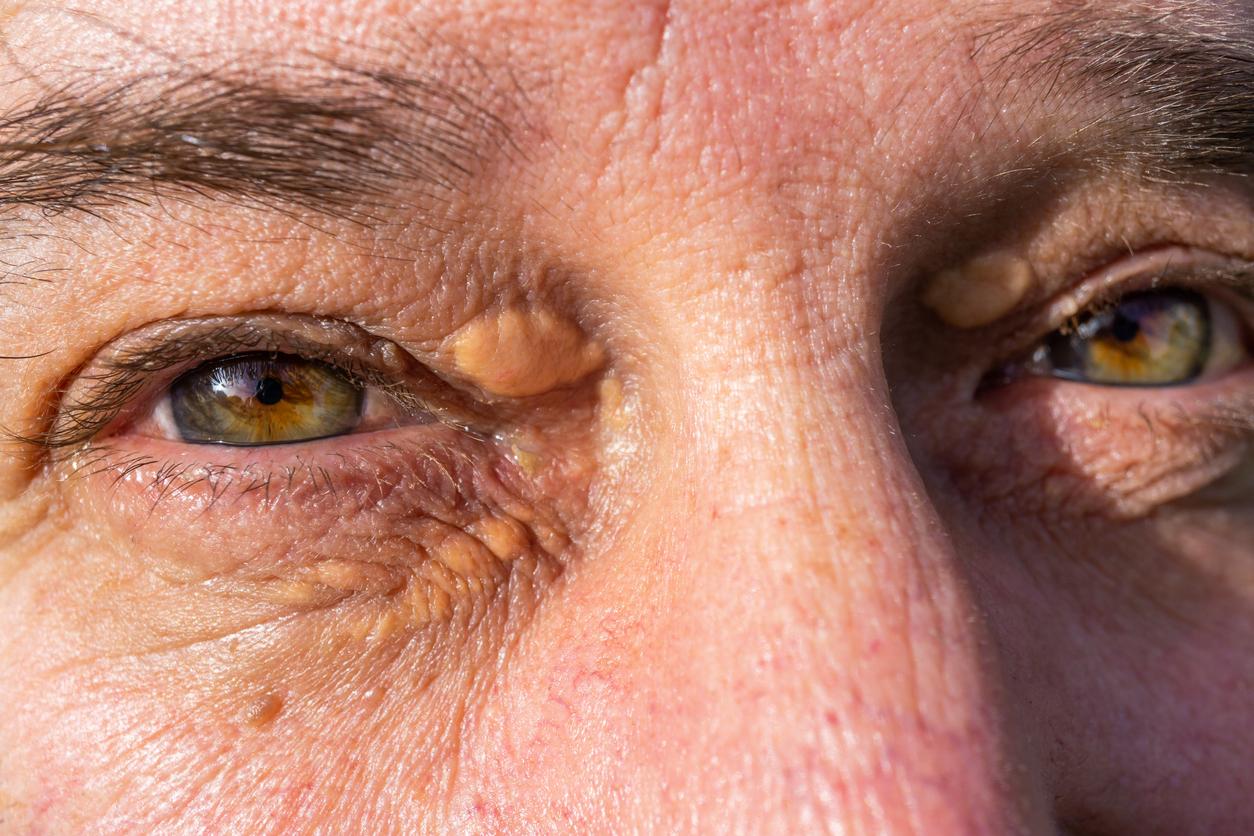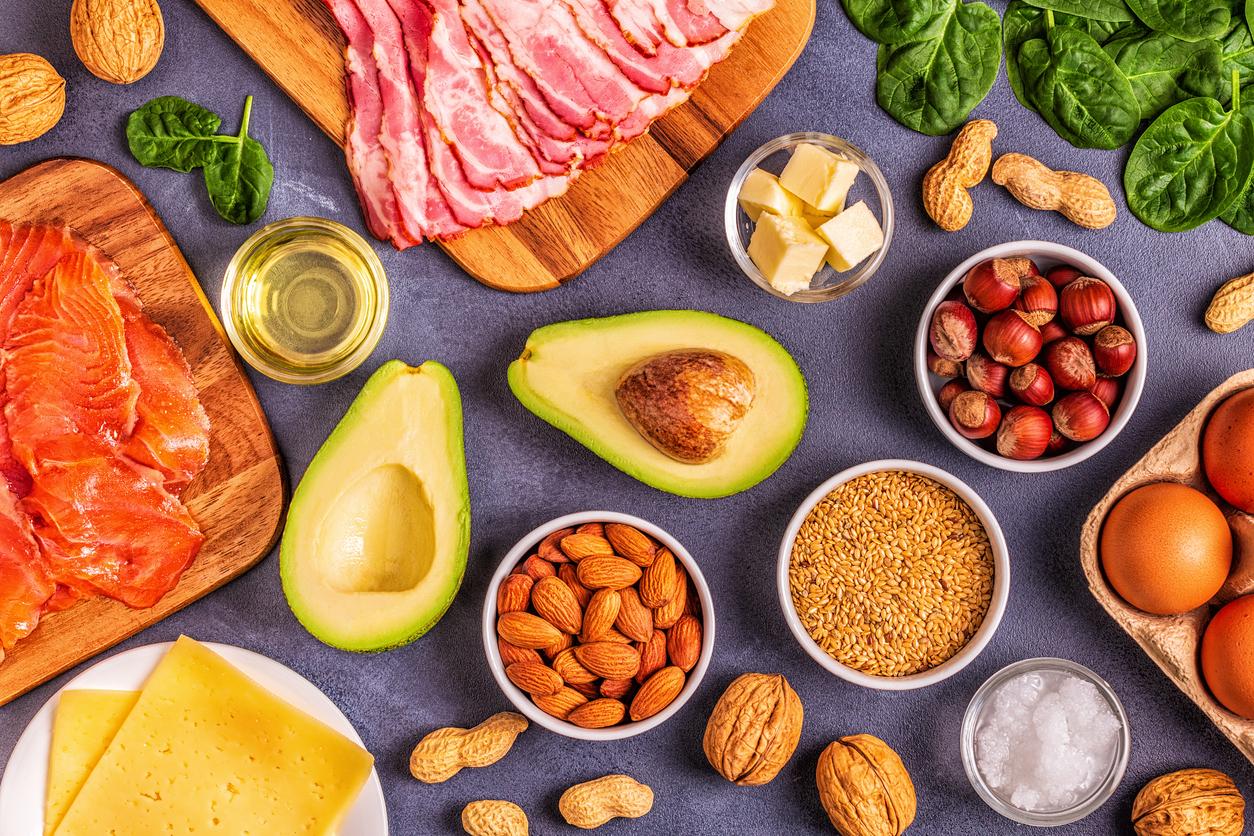Researchers have discovered that a soy protein reduces the production of bad cholesterol, LDL, and therefore limits the risk of metabolic diseases.
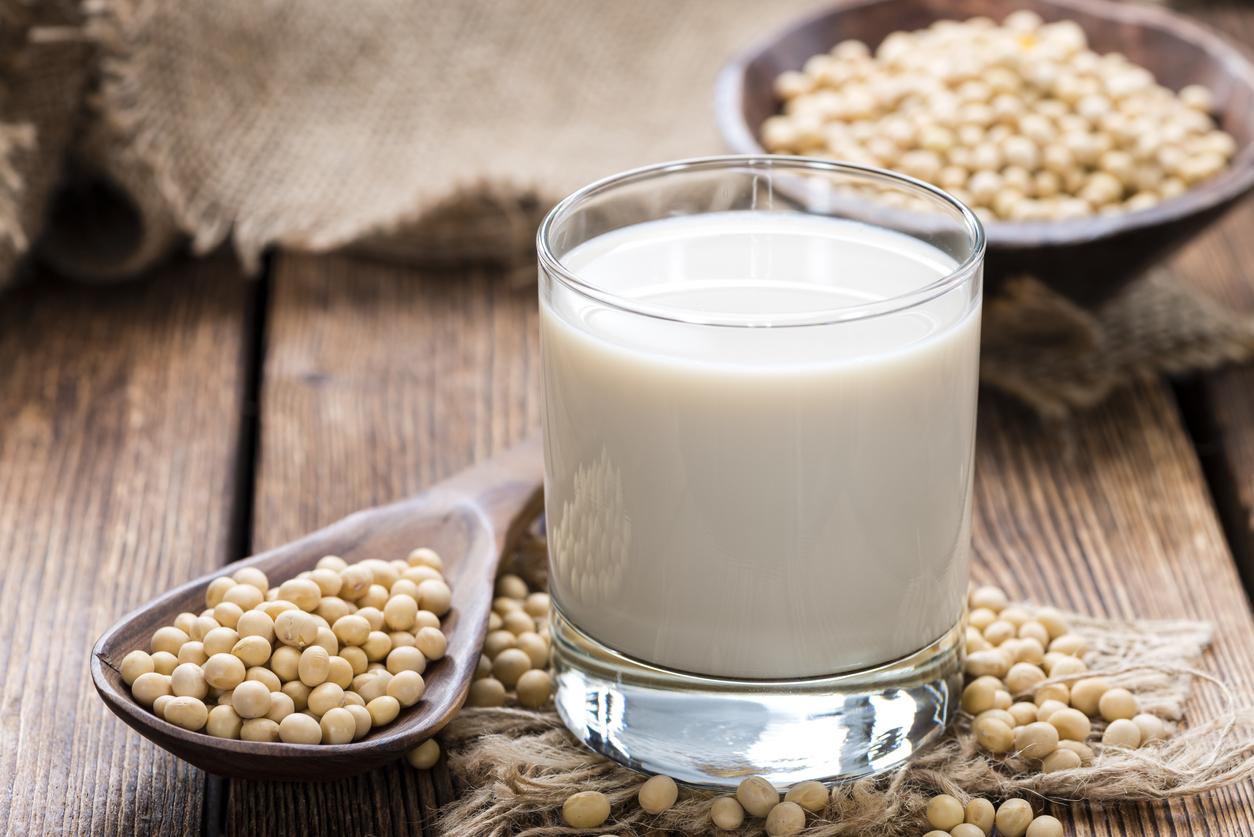
- To treat excess cholesterol, the general practitioner generally prescribes a treatment, statins are the reference.
- Patients must also take care of their lifestyle: stop smoking, play sports, adopt a balanced Mediterranean diet, etc.
In France, nearly 20% of the adult population would present with hypercholesterolemia, i.e. an excess of cholesterol in the blood, according to French Federation of Cardiology. Cholesterol is an essential lipid in the body, because it enters into the composition of cell membranes, participates in the production of certain hormones, vitamin D, bile, etc. But there is good and bad cholesterol.
Soy may lower LDL cholesterol levels
Cholesterol circulates freely in the blood and two proteins are responsible for transporting it in the body: high density lipoproteins (HDL) which correspond to the good cholesterol and low density lipoproteins (LDL) for the bad cholesterol. HDL prevents the formation of plaques on the walls of the arteries and brings the excess cholesterol accumulated in the organs to the liver to be eliminated. On the other hand, LDLs distribute the excess cholesterol to the various organs, which promotes lipid deposits on the walls of the arteries and therefore the appearance of plaques.
According to a new study published in the review Antioxidantsthe protein B-conglycinin present in soy could reduce LDL levels and thus reduce the risk of metabolic diseases like atherosclerosis (the deposit of a plaque on the walls of the arteries which can cause damage to the arterial wall, clogging the vessels or even rupture) and the fatty liveri.e. the accumulation of fat in liver cells.
Soy and cholesterol: results “comparable to statins”
During their work, the scientists analyzed two soy proteins, glycinin and B-conglycinin. To do this, they ground different varieties of soybeans into flour, with different proportions of these proteins. They then simulated the human digestive process by mixing soy flours with various fluids to mimic all phases of digestion.
“One of the main risk factors for atherosclerosis is oxidized LDL cholesterol (gradually, the LDL accumulated in the inner wall of the artery oxidizes and becomes inflammatory) and we therefore studied the preventive effects of soy digestions with eight different concentration levels, explains Elvira de Mejia, one of the authors. Each of them reduced the rate of LDL oxidation.“But higher concentrations of the protein B-conglycinin in digests were associated with greater reductions in oxidized LDL and thus cholesterol levels.
“Digested soy protein may have reduced lipid accumulation (cholesterol) 50 to 70%, and this is very important, continues Elvira de Mejia. It is comparable to statins (benchmark treatment to treat excess cholesterol), which reduce it by 60%. We also observed different markers that were influenced by proteins and that regulate hepatic lipogenesis, the development of a fatty liver”. Thus, soy would reduce the level of bad cholesterol in the blood, but also the risk of metabolic diseases such as atherosclerosis and hepatic steatosis.








